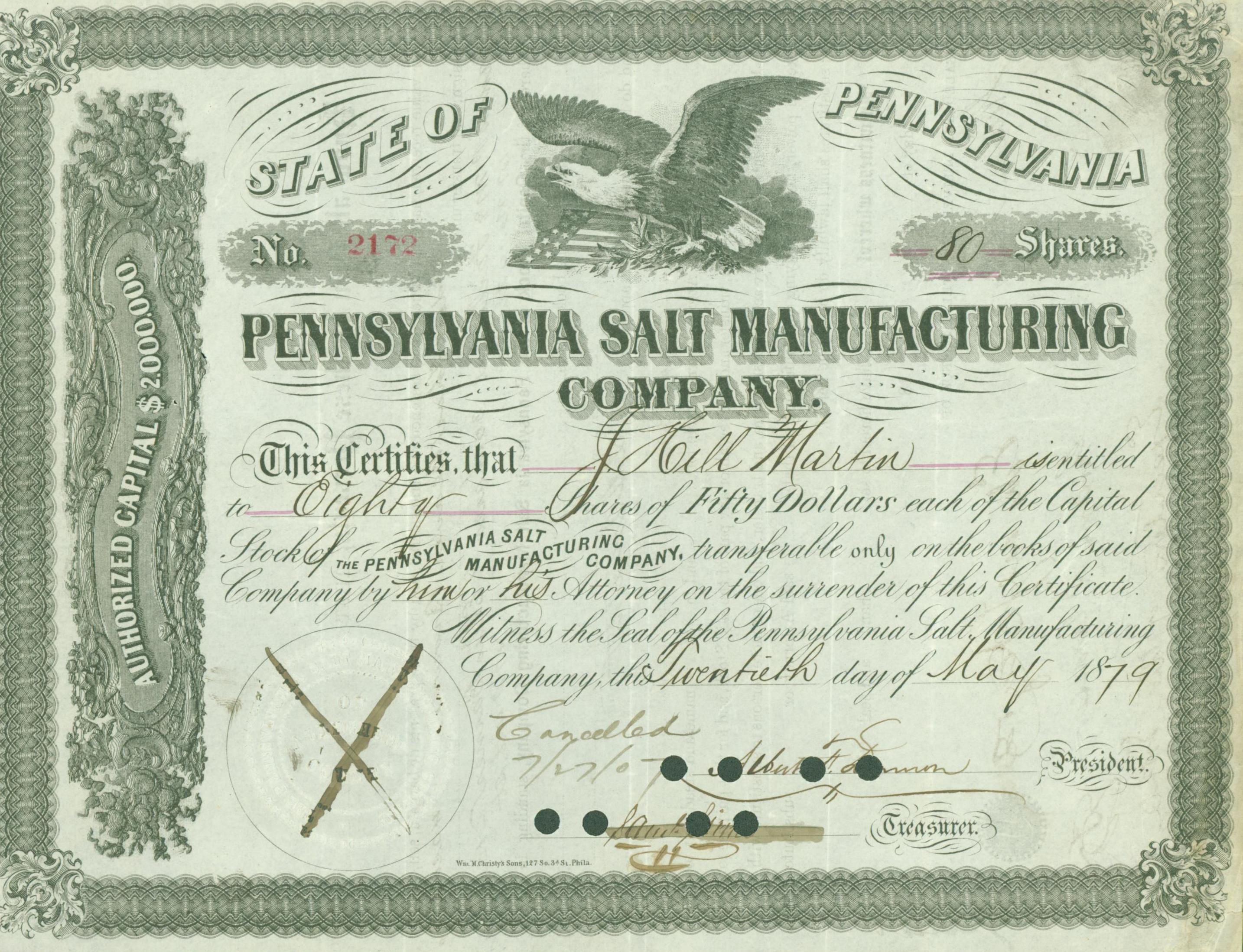|
Polyamides
A polyamide is a polymer with repeating units linked by amide bonds. Polyamides occur both naturally and artificially. Examples of naturally occurring polyamides are proteins, such as wool and silk. Artificially made polyamides can be made through step-growth polymerization or solid-phase synthesis yielding materials such as nylons, aramids, and sodium polyaspartate. Synthetic polyamides are commonly used in textiles, automotive industry, carpets, kitchen utensils and sportswear due to their high durability and strength. The transportation manufacturing industry is the major consumer, accounting for 35% of polyamide (PA) consumption. Classification Polymers of amino acids are known as polypeptides or proteins. According to the composition of their main chain, synthetic polyamides are classified as follows: All polyamides are made by the formation of an amide function to link two molecules of monomer together. The monomers can be amides themselves (usually in the form of a cy ... [...More Info...] [...Related Items...] OR: [Wikipedia] [Google] [Baidu] |
Nylon 6-6
Nylon 66 (loosely written nylon 6-6, nylon 6/6, nylon 6,6, or nylon 6:6) is a type of polyamide or nylon. It, and nylon 6, are the two most common for textile and plastic industries. Nylon 66 is made of two monomers each containing six carbon atoms, hexamethylenediamine and adipic acid, which give nylon 66 its name. Aside from its superior physical characteristics, nylon 66 is attractive because its precursors are inexpensive. Synthesis and manufacturing Hexamethylenediamine (top) and adipic acid (bottom), monomers used for polycondensation of Nylon 66. Nylon 66 is synthesized by polycondensation of hexamethylenediamine and adipic acid. Equivalent amounts of hexamethylenediamine and adipic acid are combined in water. In the original implementation, the resulting ammonium Ammonium is a modified form of ammonia that has an extra hydrogen atom. It is a positively charged (cationic) polyatomic ion, molecular ion with the chemical formula or . It is formed by the pr ... [...More Info...] [...Related Items...] OR: [Wikipedia] [Google] [Baidu] |
Nylon
Nylon is a family of synthetic polymers characterised by amide linkages, typically connecting aliphatic or Polyamide#Classification, semi-aromatic groups. Nylons are generally brownish in color and can possess a soft texture, with some varieties exhibiting a silk-like appearance. As Thermoplastic, thermoplastics, nylons can be melt-processed into fibres, Thin film, films, and diverse shapes. The properties of nylons are often modified by blending with a variety of additives. Numerous types of nylon are available. One family, designated nylon-XY, is derived from diamines and dicarboxylic acids of carbon chain lengths X and Y, respectively. An important example is nylon-6,6 (). Another family, designated nylon-Z, is derived from amino acid, aminocarboxylic acids with carbon chain length Z. An example is nylon-[6]. Nylon polymers have extensive commercial applications, including uses in textiles and fibres (such as apparel, flooring and rubber reinforcement), molded components fo ... [...More Info...] [...Related Items...] OR: [Wikipedia] [Google] [Baidu] |
Polyphthalamide
Polyphthalamide (aka. PPA, High Performance Polyamide) is a subset of thermoplastic synthetic resins in the polyamide (nylon) family defined as when 55% or more moles of the carboxylic acid portion of the repeating unit in the polymer chain is composed of a combination of terephthalic (TPA) and isophthalic (IPA) acids. The substitution of aliphatic diacids by aromatic diacids in the polymer backbone increases the melting point, glass transition temperature, chemical resistance and stiffness. PPA based resins are molded into parts to replace metals in applications requiring high temperature resistance such as automotive powertrain components, the housing for high temperature electrical connectors and many other uses. Structure The diamines in PPAs are aliphatic. PA6T homopolymer melts at 371 °C, which renders it intractable. To make usable polymers, it is necessary to lower the melting point, which can be achieved practically using either a longer diamine (with 9-12 c ... [...More Info...] [...Related Items...] OR: [Wikipedia] [Google] [Baidu] |
Nylon 6
Nylon 6 or polycaprolactam is a polymer, in particular semicrystalline polyamide. Unlike most other nylons, nylon 6 is not a condensation polymer, but instead is formed by ring-opening polymerization; this makes it a special case in the comparison between condensation and addition polymers. Its competition with nylon 66 and the example it set have also shaped the economics of the synthetic fibre industry. It is sold under numerous trade names including Perlon (Germany), Dederon (former East Germany), Nylatron, Capron, Ultramid, Akulon, Kapron (former Soviet Union and satellite states), Rugopa (Turkey) and Durethan. History Polycaprolactam was developed by Paul Schlack at IG Farben in late 1930s (first synthesized in 1938) to reproduce the properties of Nylon 66 without violating the patent on its production. (Around the same time, Kohei Hoshino at Toray also succeeded in synthesizing nylon 6.) It was marketed as Perlon, and industrial production with a capacity of 3,500 tons ... [...More Info...] [...Related Items...] OR: [Wikipedia] [Google] [Baidu] |
Aramid
Aramid fibers, short for aromatic polyamide, are a class of heat-resistant and strong synthetic fibers. They are used in aerospace and military applications, for ballistic-rated bulletproof vest, body armor cloth, fabric and ballistic composites, in marine cordage, marine hull reinforcement, as an asbestos substitute, and in various lightweight consumer items ranging from phone cases to tennis rackets. The chain molecules in the fibers are highly oriented along the fiber axis. As a result, a higher proportion of the chemical bond contributes more to fiber strength than in many other synthetic fibres in the world. Aramids have a very high melting point (>). Common aramid brand names include Kevlar, Nomex, and Twaron. Terminology and chemical structure The term ''aramid'' is shortened from ''aromatic polyamide''. It was introduced in 1972, accepted in 1974 by the Federal Trade Commission of the USA as the name of a generic category of fiber distinct from nylon, and adopted by t ... [...More Info...] [...Related Items...] OR: [Wikipedia] [Google] [Baidu] |
Kevlar
Kevlar (para-aramid) is a strong, heat-resistant synthetic fiber, related to other aramids such as Nomex and Technora. Developed by Stephanie Kwolek at DuPont in 1965, the high-strength material was first used commercially in the early 1970s as a replacement for steel in racing tires. It is typically spun into ropes or fabric sheets that can be used as such, or as an ingredient in composite material components. Kevlar has many applications, ranging from bicycle tires and sailcloth#Kevlar, racing sails to bulletproof vests, due to its high Specific strength, tensile strength-to-weight ratio; by this measure it is five times stronger than steel. It is also used to make modern marching drumheads that withstand high impact, and for Mooring, mooring lines and other underwater applications. A similar fiber, Twaron, with the same chemical structure was developed by Akzo in the 1970s. Commercial production started in 1986, and Twaron is manufactured by Teijin Aramid. History Poly- ... [...More Info...] [...Related Items...] OR: [Wikipedia] [Google] [Baidu] |
Zytel
Zytel is a brand of high-strength, abrasion, and impact-resistant nylon products manufactured by Celanese. The Zytel trademark is used for a line of thermoplastic polyamide formulations mostly based on nylon 66, but also includes grades based on nylon 6 as a matrix, long chain nylons such as nylon 610 (if based on at least one renewable monomer they are branded Zytel RS), and copolymers including a transparent resin called Zytel 330. Resins based on polyphthalamides are branded 'Zytel HTN'. The Zytel product range exploits that nylon is one of the most compatible polymers with modifiers, and so offers grades with varying degrees of fiberglass, from 13% to 60% (to increase stiffness and strength), rubber toughened resins and flame retarded grades. Nylon resins with mineral reinforcements are branded 'Minlon'. Properties The properties of Zytel vary with the specific formulation: Zytel HTN 35% Glass Reinforced Resin, consisting of 35% glass fibre by weight, has a tensile st ... [...More Info...] [...Related Items...] OR: [Wikipedia] [Google] [Baidu] |
Arkema
Arkema S.A. is a Public company, publicly listed, multi-national manufacturer of specialty materials, headquartered in La Défense, near Paris, France. It has three specialty materials segments (or divisions); Adhesive, adhesives, advanced materials and Coating, coatings. A further segment covers chemical intermediates. The company was created in 2004, as part of French oil major Total S.A., Total's restructuring of its chemicals business, and floated on the Paris Bourse, Paris stock exchange in May 2006. Turnover in 2024 was €9.5 billion. Arkema operates in 55 countries and has 21,150 employees, 17 research centers and 157 production plants. History Arkema was created when French oil major Total S.A., Total restructured its chemicals business in 2004, but the company's roots go back many years. Origin and evolution In 1971, Elf Aquitaine, Elf and Total merged their chemical operations into Aquitaine Total Organico (ATO), a joint subsidiary. The same year saw the creatio ... [...More Info...] [...Related Items...] OR: [Wikipedia] [Google] [Baidu] |
Evonik
, products = Chemicals , revenue = {{Decrease €15.2 billion (2024){{cite web , url= https://www.evonik.com/en/investor-relations/Reporting.html#tabs-b118b10b7a-item-2d4ab0c2ad-tab , title=Evonik Financial Report 2024 , publisher=Evonik Industries AG , access-date=1 April 2025 , net_income = {{Decrease €222 million (2024) , num_employees = 31,930 (2024) , foundation = {{start date and age, df=yes, 2007 , location = Essen, Germany , homepage = www.evonik.c Evonik Industries AG is a publicly-listed German specialty Chemical substance, chemicals company headquartered in Essen, North Rhine-Westphalia, Germany. It is the second-largest chemicals company in Germany, and one of the largest specialty chemicals companies in the world. It is predominantly owned by the RAG Foundation and was founded on 12 September 2007 as a result of restructuring of the mining and technology group RAG AG. Evonik Industries united the business areas of chemicals, energy and real estate of RAG, whil ... [...More Info...] [...Related Items...] OR: [Wikipedia] [Google] [Baidu] |
Terephthalic Acid
Terephthalic acid is an organic compound with formula C6H4(CO2H)2. This white solid is a commodity chemical, used principally as a precursor to the polyester PET, used to make clothing and plastic bottles. Several million tons are produced annually. The common name is derived from the turpentine-producing tree ''Pistacia terebinthus'' and phthalic acid. Terephthalic acid is also used in the production of PBT plastic (polybutylene terephthalate). History Terephthalic acid was first isolated (from turpentine) by the French chemist Amédée Cailliot (1805–1884) in 1846. Terephthalic acid became industrially important after World War II. Terephthalic acid was produced by oxidation of ''p''-xylene with 30-40% nitric acid. Air oxidation of ''p''-xylene gives ''p''-toluic acid, which resists further air-oxidation. Esterification of ''p''-toluic acid to methyl p-toluate (CH3C6H4CO2CH3) opens the way for further oxidation to monomethyl terephthalate. In the Dynamit−Nobel process t ... [...More Info...] [...Related Items...] OR: [Wikipedia] [Google] [Baidu] |






